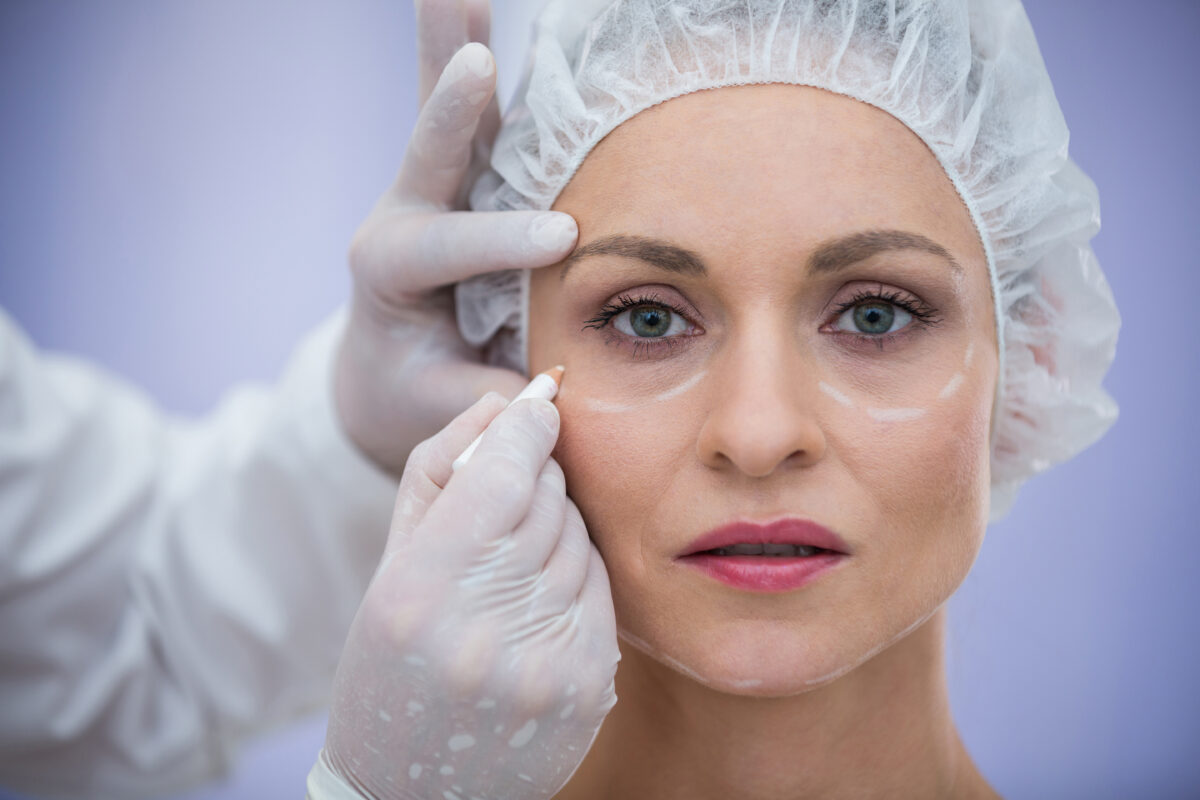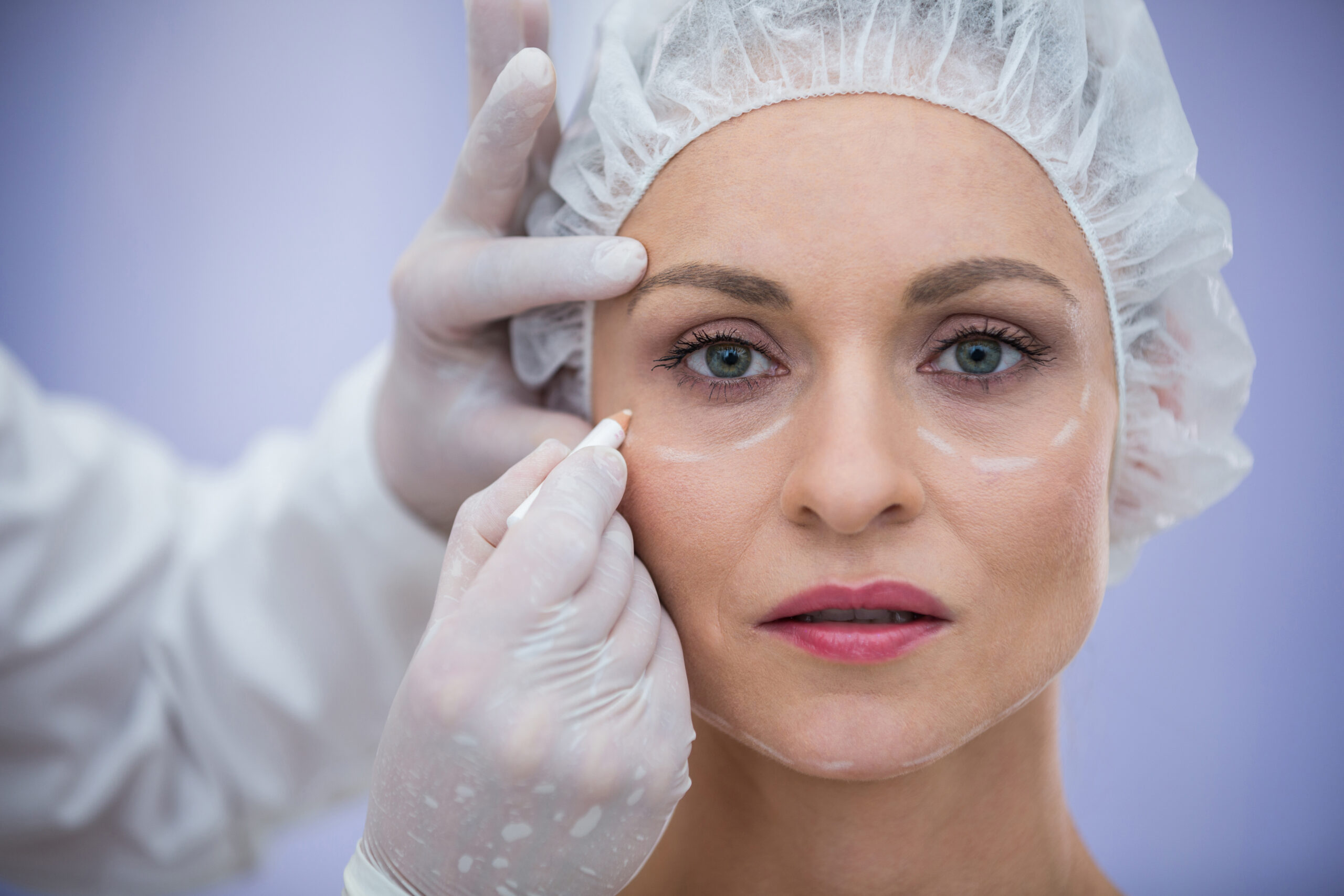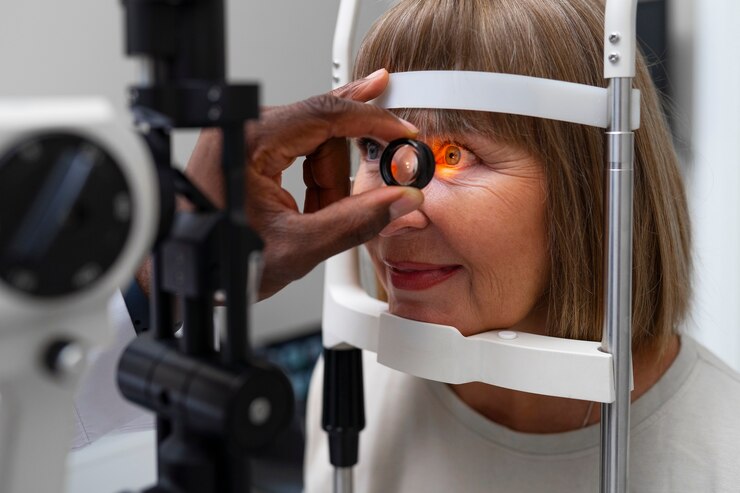When to Seek a Medical Advice for your Cataract Symptoms
July 29, 2024
Have Any Questions?
Please contact us, if you have any queries
Categories
 A cataract is a clouding of the eye’s natural lens, located behind the iris and pupil, and is the leading cause of blindness worldwide, primarily impacting older adults. Cataracts develop gradually and can affect one or both eyes, leading to blurry vision, difficulty with glare, and faded colours. As cataracts progress, they can disrupt daily activities like reading and driving. Treatment typically involves surgical removal of the cloudy lens and replacement with a clear artificial lens also known as IOL Technology. Early detection is important for preserving healthy vision and quality of life.
A cataract is a clouding of the eye’s natural lens, located behind the iris and pupil, and is the leading cause of blindness worldwide, primarily impacting older adults. Cataracts develop gradually and can affect one or both eyes, leading to blurry vision, difficulty with glare, and faded colours. As cataracts progress, they can disrupt daily activities like reading and driving. Treatment typically involves surgical removal of the cloudy lens and replacement with a clear artificial lens also known as IOL Technology. Early detection is important for preserving healthy vision and quality of life.
Early symptoms of Cataract
Cataracts are a common age-related eye condition characterized by the clouding of the lens in the eye, leading to a gradual decline in vision. Understanding the early symptoms of cataracts is essential for timely diagnosis and treatment. Here, we explore these symptoms in detail.
- Blurry vision
One of the earliest and most noticeable symptoms of cataracts is blurry vision. This blurriness is akin to looking through a foggy or frosted window. Initially, it might affect only a small part of the lens, and you might be unaware of any vision loss. As the cataract grows, the cloudiness becomes denser and involves a larger part of the lens, making it more difficult to see clearly.
- Difficulty with night vision
Cataracts often lead to increased difficulty seeing in low light conditions. Night vision deteriorates, making activities like driving at night particularly challenging. Headlights, street lamps, or any bright lights can cause glare and appear with halos around them, further impairing vision.
- Sensitivity to light and glare
Bright sunlight or indoor lighting can cause discomfort or even pain in the eyes. This sensitivity can make it difficult to be in brightly lit environments and can also contribute to headaches.
- Halos around lights
Seeing halos around lights, particularly at night, is a hallmark symptom of cataracts. These halos appear as bright rings around headlights, streetlights, or other sources of illumination, complicating night-time vision and increasing the risk of accidents.
- Fading or yellowing of colours
Cataracts can cause colours to appear less vibrant. You might notice that whites seem yellowish and colours look faded. This change occurs because the clouded lens acts as a filter, reducing the intensity of light reaching the retina, where colour perception occurs.
- Frequent adjustments in prescription glasses or contact lenses
People with cataracts often find that their eyeglass or contact lens prescription needs frequent updates. This is due to the progressive nature of the cataract, which alters the refractive index of the eye, leading to rapidly changing vision.
- Double vision in a single eye
Double vision or multiple images in one eye (monocular diplopia) is another symptom. Unlike regular double vision, which involves both eyes, this symptom persists even when one eye is closed. It is caused by irregularities in the lens as the cataract develops.
- Difficulty reading or performing close-up work
Cataracts can make it challenging to read or engage in tasks that require fine detail, such as sewing or using a computer. This difficulty stems from the overall reduction in visual clarity and the need for more light to see clearly.
- Cloudy or opaque spots in the eye
As cataracts mature, the lens can develop visible cloudy or opaque spots. These spots may be noticeable to others or in a mirror. They signify significant lens changes and typically correspond with marked vision impairment.
- Increased need for brighter lighting
People with cataracts often find that they need brighter lighting to see well enough to read or work. This need for increased illumination is due to the decreased amount of light passing through the cloudy lens to the retina.
When to seek Medical advice?
Recognizing when to seek medical advice for cataracts is crucial for effective treatment and preserving vision. Here are some key indicators:
- Persistent vision changes
If you experience persistent changes in your vision, such as blurriness, difficulty with night vision, or seeing halos around lights, it’s important to consult an eye care professional. These symptoms could indicate the presence of cataracts or other eye conditions that require attention.
- Difficulty performing daily activities
When cataracts start to interfere with your daily life, it’s time to seek medical advice. Difficulty reading, driving, especially at night, or performing close-up work are significant indicators that your vision needs professional evaluation.
- Frequent prescription changes
Needing frequent updates to your eyeglass or contact lens prescription may be a sign of cataracts. If your vision fluctuates and your optometrist keeps changing your prescription, it’s worth discussing the possibility of cataracts.
- Eye examination findings
Regular eye examinations are essential, especially as you age. If your optometrist or ophthalmologist detects signs of cataracts during a routine check-up, they will monitor the progression and recommend the appropriate time for treatment.
- Sudden or severe vision problems
While cataracts typically develop slowly, any sudden or severe changes in vision warrant immediate medical attention. Conditions such as retinal detachment, glaucoma, or severe cataracts can cause rapid vision loss and require urgent care.
Recommendations for Surgery
If you are diagnosed with cataracts, our healthcare provider will discuss on the eye surgery based on the severity of your symptoms. Surgery is a highly effective treatment, but the decision should be made collaboratively with your healthcare provider, considering your individual needs and lifestyle. By seeking timely medical advice and treatment, you can manage cataracts effectively and maintain a good quality of life.
A specialized hospital like Dr. Rani Menon Maxivision Eye Hospitals offers hope and improves the quality of life for those affected by cataracts. Schedule a consultation with our experts. Our compassionate team is here to assist you with all your cataract-related health concerns.


















